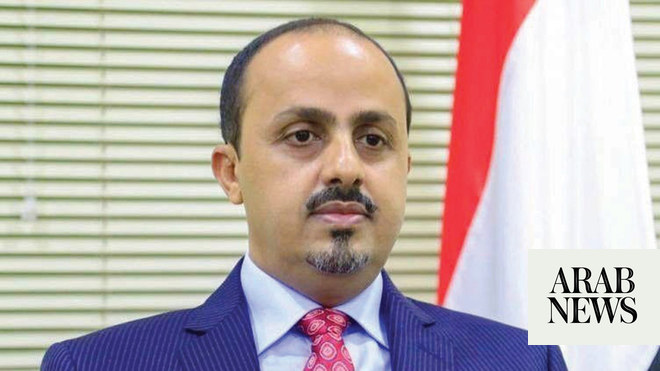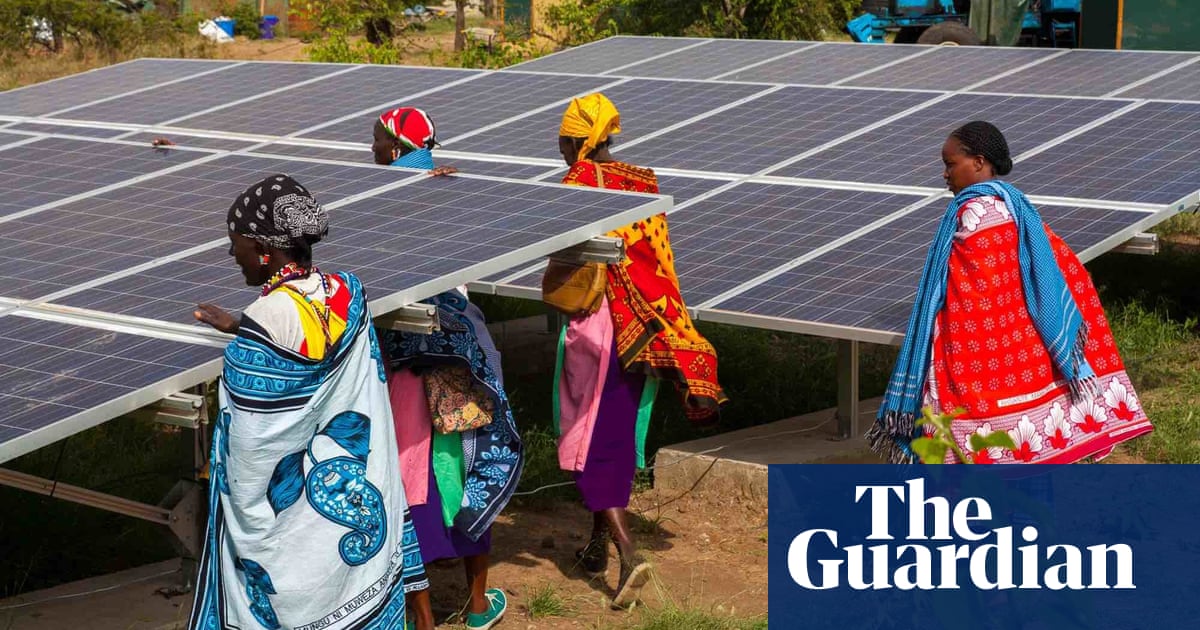
‘Threat to millions and preventing nation’s economic recovery’
Devices made by Iran and Hezbollah, says Yemeni minister
RIYADH: The Houthis must reveal the location of all the mines they have planted to prevent further bloodshed and assist in Yemen’s economic recovery, say activists and government officials.
Yemen’s Information Minister Muammar Al-Eryani said recently that the mines were manufactured by Iran and Hezbollah, and not his government, and that there have been “indiscriminate” planting of these devices since the Houthi’s 2014 coup.
He said the Houthis have not been “differentiating between military and civilian areas, (which is) one of the most serious crimes committed against the Yemeni people’s present and future.”
“The militia has planted mines in quantities not seen since World War II. They planted them inside people’s homes, schools, mosques, markets, grazing areas, agricultural fields, water sources, public service buildings and sovereign institutions. They also did so along main and secondary roads as well as international maritime navigation corridors.”
Al-Eryani said the National Mine Action Program has recorded “more than 7,000 cases where civilians, mostly women and children, were either killed or injured due to the Houthi’s land mines network. The program’s reports confirmed that these mines were not among the Yemeni army’s equipment before 2014 and that they were manufactured locally by the Houthis, under the supervision of experts from Iran’s Revolutionary Guard Corps and Lebanon’s Hezbollah.
“The Houthis, under the supervision of the Iranian experts, turned anti-tank mines into anti-personnel mines, innovatively manufactured improvised explosive devices using conventional explosives, such as rockets, tank shells and artillery shells and camouflaged the mines and explosive devices to make them seem like rocks that naturally fit in the environment.”
Al-Eryani said the Houthis also “manufactured naval mines and planted them in the Red Sea and Bab Al-Mandab strait, targeting commercial ships and oil tankers, while also threatening the security of international maritime navigation routes.” This resulted in “dozens of accidents” over the past few years where “commercial ships and fishing boats hit naval mines, killing and injuring hundreds of fishermen.”
He said that the “legitimate government, through its National Mine Action Program and the Defense Ministry’s military engineering teams, has been exerting significant efforts to remove and destroy mines, raise awareness about their danger and assist the victims by providing them with the necessary plastic surgeries, prosthetic limbs and rehabilitation services. It has been doing so in partnership with the UN Development Program, the Saudi Project for Landmine Clearance in Yemen (or Masam), and the supporting countries and organizations.”
“I would like to seize this opportunity to express my deep appreciation for the support that our brothers in the Kingdom of Saudi Arabia have been providing, through the King Salman Center for Relief and Humanitarian Aid and Masam project, to the Yemeni government and people in terms of clearing the mines planted by the Houthi militia. This comes as a continuation of their constructive role in Yemen,” Al-Eryani said.
He lambasted the Houthis for the manner in which they have endangered the country’s people. “I stress that the Houthi militia’s excessive indiscriminate planting of anti-personnel mines, anti-tank mines and explosive devices in populated villages and cities … constitute a constant risk to the lives of millions of civilians. They also paralyze public life, bring the operations of people’s businesses to a complete halt, exacerbate their humanitarian suffering and hinder developmental efforts. The devastating repercussions and risks of these problems will prevail for dozens of years to come, even after the war ends,” he said.
Mohammed Askar, Yemen’s former minister of human rights, said the biggest threat posed by the mines was to “the most vulnerable groups, including children and women. The problem with mines is that not only do they affect the present of the war-torn country significantly, but also its future and sustainable development. The Yemeni government had signed the Anti-Personnel Mine Ban Convention, and had begun disposing of its mine stockpiles. (This was) until the Houthi militia arrived with an Iranian technology and opened the gates of hell in Yemen.”
“Unfortunately, the Houthi militias have widely planted millions of mines of all kinds and forms, including camouflaged mines, personnel mines, rock-shaped mines and mines that look like toys. Around 30 percent of mine victims in Yemen are among women and children who returned to their valleys, villages and homes after wars, and were targeted by these explosive mines that (resulted in their limbs being) amputated and (now they are) unable to move in highly difficult humanitarian conditions. Some of them are no longer able to learn and go to schools located many kilometers from their homes in rural and tribal areas.”
Askar called on the Houthis to prevent further “misery” in the country. He said more work should be done to raise awareness of the risk posed to lives and livelihoods by these devices, and praised the Masam project for providing medical assistance to victims.
Yemeni political activist Wissam Basounda echoed the view that little economic progress could be made without tackling this issue, with women and children remaining the most vulnerable group. “The problem of mines remains an obstacle to any peace plan or sustainable development programs, and must be urgently and intensively addressed so it wouldn’t linger for generations.
“While the world’s women celebrated their political, social and economic achievements on International Women’s Day on March 8, the Yemeni women live in a state of misery and fear in an environment filled with the Houthi mines, lying in wait for them and their children, thus aggravating their overall suffering.”
According to the statistics of the legitimate government, over 1,800 women and girls have fallen victim to mines during the years of war waged by the Houthi militia in several Yemeni governorates. The Executive Mine Action Center in Taiz revealed that just between 2017 and February 2023, 1,222 had been injured or killed by Houthi mines.
Journalist Badr Al-Kahtani, a Yemeni affairs expert, agreed that the mines remain a lingering threat to the country’s future, with many victims having to now wear prosthetic limbs. “The main problem is that the (location) of these mines are missing. I think that the Masam project is playing a very important role in land mine clearance. What is remarkable also is that the project is following precise criteria in statistics and is in direct contact with the Yemeni government and the Yemen Executive Mine Action Center to update the figures. That’s a very big process, and the Saudi project, Masam, deserves to be highly praised.”
Al-Kahtani urged the Houthis to work with the Yemeni government, the UN and other international organizations to solve this issue.











